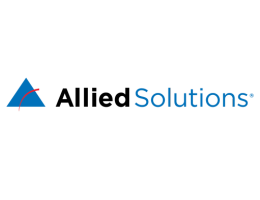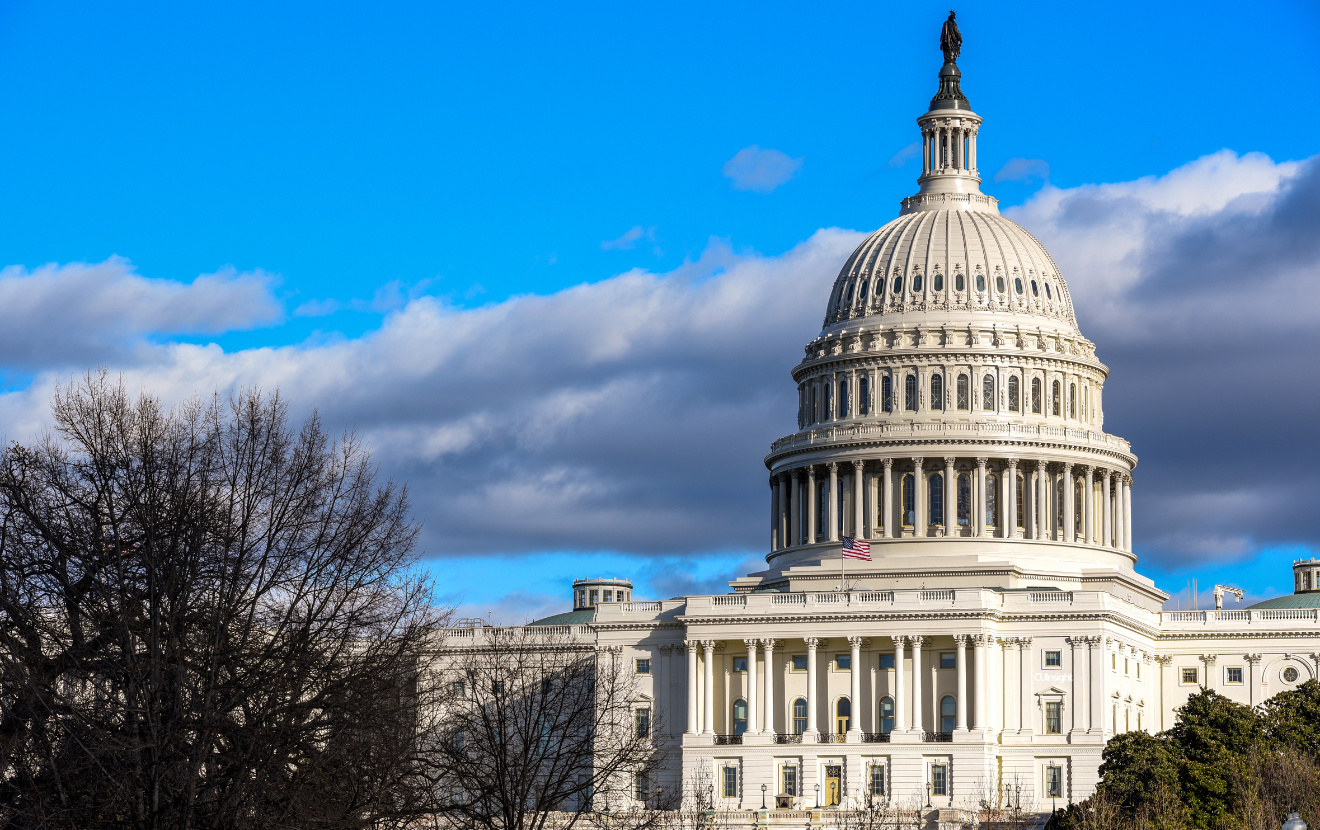With hurricanes Harvey, Irma and Maria, and the California wild fires, disaster planning is something that many of us our thinking hard about these days. We all want to do as much as we can to prepare for these unexpected disasters, so that our businesses and consumers remain protected when these events occur.
With that in mind, we’ve put together a list of important things to consider as you establish or modify your disaster recovery and response procedures:
Establish a planning committee
- Form a contingency planning committee before getting started
- Keep them in place for as long as it takes to put your plan together
- Identify individuals who will bring a variety of perspectives
Develop an employee roster with contact information
- Keep a list of the names of all employees
- Include alternate ways that people can communicate with each other - the more, the merrier
- Include home phone numbers, non-work e-mail addresses, and cell phone numbers
Determine a chain of command
- Define a clear chain of command and authority to employ during a disaster
- Clearly state who would make decisions and take charge of the staff if key personnel go missing
- Communicate the defined chain of command to all employees
Think about work space alternatives
- Determine from where you would run your business if something happened to your primary base of operations
- Figure out how and where you would serve your customers
- Think about which of your employees could work out of their homes and what services they could step up to provide in place of others without access
- Consider working with another financial institution to share their facilities until you could rent or buy space at a new location
Uncover your main vulnerabilities
- Take everything into account and think about anything that could go wrong
- Make a checklist of things to consider before, during and after a disaster
-
- Tornado or flood damage
- Power outages
- Road closures
- Alarm system or building security failures
- Phone or internet malfunctions
- Supplier shipment issues
- Think about how each potential scenario would affect your core business and your ability to service your account holders
Backup your data
- Back up both print and electronic data
- Have a plan for safely backing up data in case your computers or servers are destroyed
- Develop formal procedures to document intellectual "data" and educate employees about that knowledge on a regular basis
Think about business needs
- Figure out what equipment you would need to continue running your business if a disaster strikes
- Thing about what would be needed to stay open and serve your customers if certain parts of your business shut down or were destroyed
- Determine the people, supplies or services you would need to tap for assistance with continuing business operations
- Consider the impact on claims activity and how you can address this in a timely fashion whilst in the midst of a disaster
Test and share the completed plan
- Run drills on an ongoing basis to determine how well you have done in laying out the plan and communicating it to your employees
- Let employees know you' re going to test their familiarity with disaster procedures at random times
- Simulate some of the scenarios set out in your plan to see how the employees will react
- Educate your employees about the finalized plan, making sure they understand what to do and where to go in the event of a disaster
Contact Allied Solutions to learn more about disaster planning.








